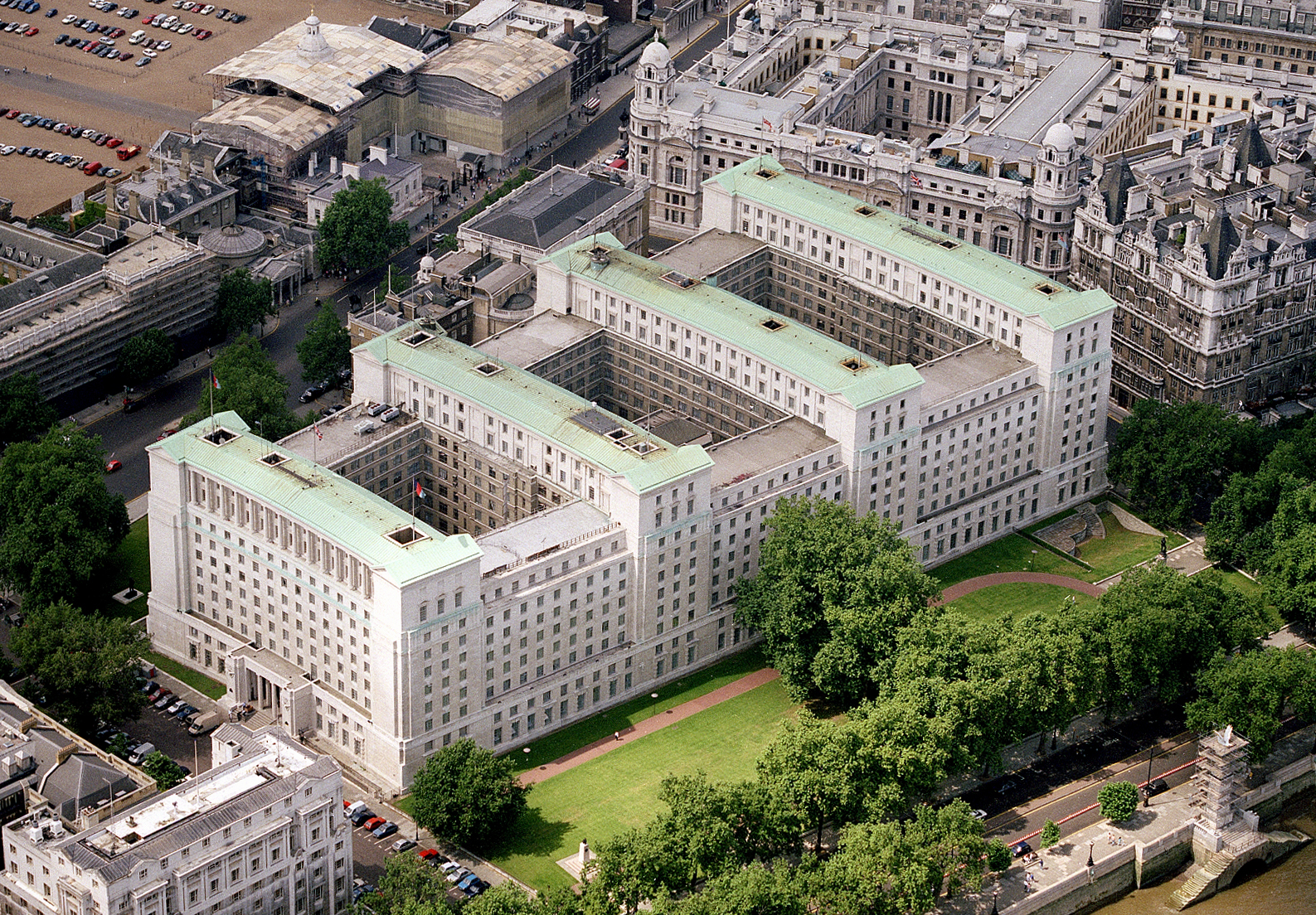The oldest claim awaiting decision was filed eight years ago and 10,000 more were added to the waiting list in the first three months of 2020 alone
Credit: Olly247/CC BY-SA 2.0
The immigration minister has claimed that, on the back of both the coronavirus crisis and an 18-month drive to “streamline and digitise processes”, UK Visas and Immigration has invested in additional kit to ramp up the use of video interviews for those claiming asylum in the UK.
However, government data shows the organisation’s digitisation has thus far done little to arrest the exponential increase of a waiting list that has ballooned over the same time period to exceed 50,000 – with outstanding claims going back eight years.
Government data shows that, in December 2010, a total of 11,623 people in the UK were awaiting an asylum decision. This figure rose steadily over the next five years to reach 26,409 – before dropping a little in both 2016 and 2017.
But in 2018 it the number of people on the waiting list rose again by 4,459, before seeing a massive increase of 14,616 in 2019.
Related content
- Lack of internet leaving child asylum-seekers ‘completely isolated’
- Home Office admits some immigration data ‘only held on paper’
- Lawfulness of government visa algorithm challenged
And, in just the first three months of this year, another 10,000 people have joined the backlog, meaning that the total number of people currently awaiting a verdict on their asylum claim is 53,709. The vast majority of which – 51,906 – are waiting on an initial decision. The remaining 1,803 have asked for a review of their original decision.
The oldest claim yet to be settled was made on 23 August 2012.
Immigration minister Chris Philp said: “There are cases in particular where more complex issues arise around a claimant’s entitlement to asylum and there is a need for us to engage in wider stakeholder involvement, alongside additional analysis and scrutiny. These cases continue to be processed as quickly as possible, but the secretary of state has to be satisfied that our decisions are compliant with the 1951 Refugee Convention prior to service as this is a mandatory requirement.”
It seems unlikely that the waiting list will have improved in the last three months, with face-to-face asylum interviews halted on 19 March.
But Philp said that video interviews have been available for some time and, following the recent rise in demand for their use, additional investments have been made in the necessary technology.
“It is crucial to our applicants that we restart processing their applications for protection as soon as it is safe to do so,” he said. “The Home Office has successfully used video technology to support remote interviewing for more than two years and has appropriate operating procedures that are designed to ensure participants are able to give the best account of their circumstances.”
He added: “To keep people safe but allow the Home Office to gather the additional information needed to make a decision on their claim for protection, asylum operations have secured additional mobile digital and video interviewing kit that enables more applicants to be interviewed remotely. We remain committed to restarting substantive asylum interviews as soon we can establish a process that allows the participants – applicants, representatives, interpreters and interviewers – to do so safely.”
Philp, who was answering written parliamentary questions from Labour MP Anneliese Dodds, on trends in average waiting times over the last five years “this information is not held in a reportable format”.
Government data shows that the volume of claims made each year has risen steadily over the past decade, from an annual total of 17,916 in 2010 up to 35,566 last year.
The only years in which the number of applications declined on the prior year were 2016 and 2017 – the same two years in which government was able to trim the waiting list by a cumulative total of about 2,000 people.



